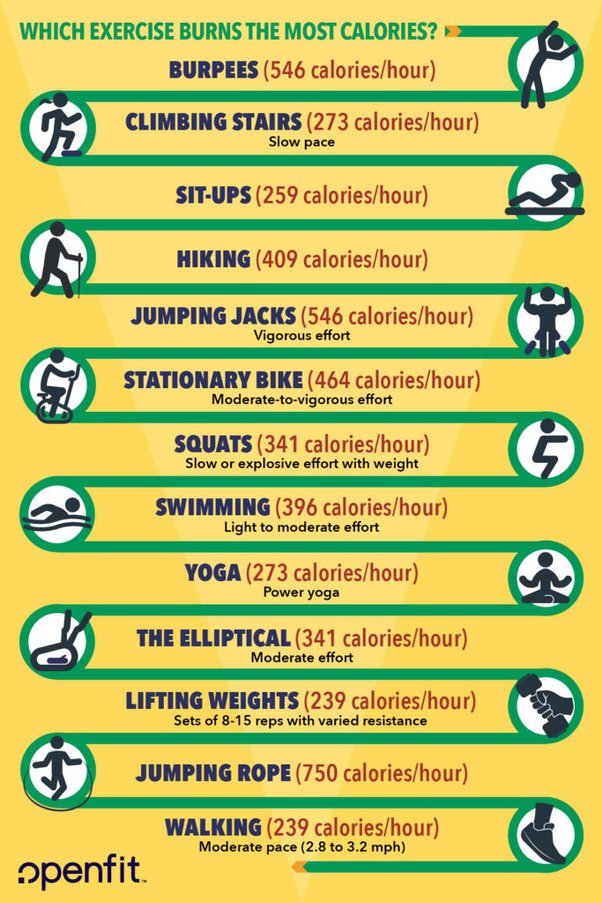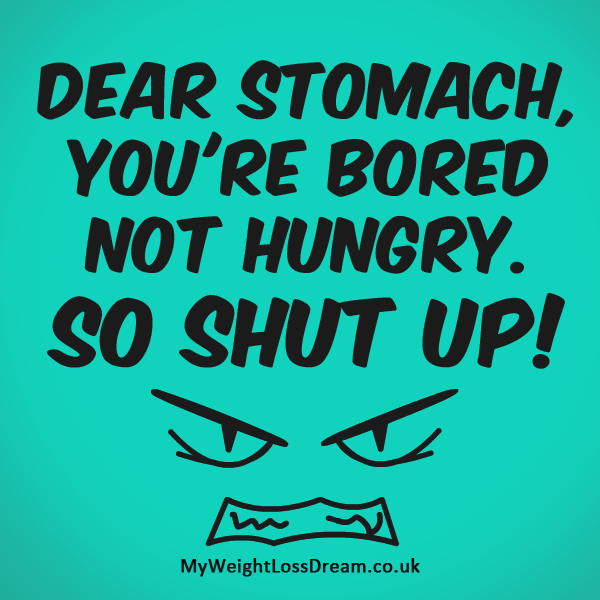
Swimming is one of the most effective low-impact workouts. Swimming is a great cardiovascular exercise because of its buoyancy. Swimming is a great way to burn calories, especially in the last weeks. To enjoy the last days, you can even purchase a swimsuit! Here are a few ideas for swimming as a low impact workout. Here are some advantages to swimming as low impact exercise:
Bike riding is a low impact exercise.
Biking offers a low-impact way to exercise. You not only burn calories, but it also builds muscle endurance. Consistent cycling can increase your endurance, energy, and overall health. Riding a bike also improves your balance, coordination, and core stability. Overuse can cause injury so it is important to not do too much. Make sure your bicycle is the right size to avoid excessive use.
Swimming is low-impact.
The buoyancy of water makes swimming a low-impact workout. Water offers resistance which aids in muscle building and joints stretching. Hydrostatic pressure, which circulates blood back into the heart and keeps it at a constant pace, is another benefit of swimming. Therefore, swimming is an excellent exercise for those who suffer from joint pain or arthritis. Continue reading to find out why swimming is such a low-impact exercise.

SkiErg is a low impact workout
The SkiErg is an exercise machine that increases your heart rate and strengthens core muscles throughout your entire body. It is a great tool for rehabilitation and rehabilitation because it has low impact. The video below will show you more information about the exercise machine. Here are the advantages of the SkiErg. Weighing only 25 pounds, it is a great way to lose weight quickly, burn calories, and tone your body.
Rowing is a low impact workout
Rowing, unlike most other exercises that can cause major damage to the joints and muscles of your joints and bones, is gentle enough for anyone to do. Rowing will tone your entire upper body, including your shoulders, back, arms, and legs, as well as your glute and thigh muscles. You won't even have to jump so rowing can be considered a low-impact exercise. Rowing on a machine will help you lose some weight that you might gain from a gym workout.
HIIT (High-Intensity Interval Training) is a low impact workout
HIIT stands to represent High Intensity Intermediate Training. Circuits for HIIT are made up of high-intensity activities and low-impact recovery. This type of workout requires users to work their core and rotate their entire body. This workout is great for those who want to maintain joint health, but do not like the noise of a gym.
Walking is a low-impact way to exercise
Walking is a great exercise choice because it doesn’t cause undue strain on your joints and muscles. Walking is low in impact, which allows you to exercise for longer periods of times without having to sweat too much. Walking is also gentle for your joints and muscles. It's a great choice for people with knee pain. Walking can help you improve your mental well-being and your fitness.

Circuit training is a low-impact workout
Circuit training is a great option for anyone looking for a low-impact workout. Circuit training is a series of stations that move from the lower to the upper bodies. There's very little rest between. The trainer will show the exercises and make modifications to the routines, as well as motivating the students. Circuit training routines are good for cardio, the core, the upper and lower bodies, and cardio. These workouts are adaptable to fit individuals with injuries.
FAQ
How to create an exercise program?
It is important to establish a routine. You should know what you will do each week and how long. This helps to plan ahead and avoid procrastination.
It is important to make sure you are getting plenty of variety from your exercise routine. Exercise shouldn't be boring. Otherwise, you'll lose motivation.
You should also keep track of how you are progressing. It's crucial to track your weight changes over time.
If you start off by losing weight, it's easy to lose motivation if you don't gain any additional weight. On the other hand, if you gain too much weight, it becomes harder to stay motivated.
You should find a balance between weight gain and weight loss. You'll find it harder to exercise if you don't like where you are at the moment.
Are there any side effects of intermittent fasting?
Intermittent fasting is safe and has no side effects. But, it is possible to experience minor side effects if you plan poorly.
For example, if you skip breakfast, you might be irritable all day long. Also, you might experience dizziness, headaches, fatigue, muscle cramps, and dizziness.
These symptoms usually resolve within a few weeks.
How often do people fast?
A majority of ketogenic dieters fast one week. Some people fast twice a week. Others fast three times a week.
Every fast is different. Some people fast for 24 or 48 hours, while others go for 48.
Some people go on for more than 72 hours. However, extreme cases like these are rare.
How long does a weight loss process take?
Weight loss takes time. It usually takes six months to lose 10% of your total weight.
It's important to remember that you shouldn't expect to lose weight overnight. Your body needs time to adjust to new dietary changes.
This means that your diet needs to be slowly changed over several days, or even weeks.
Fad diets are not recommended as they don't work. Instead, try to change your daily routine.
You should stop eating unhealthy snacks late at nights, for example.
You should eat healthier meals in the morning. This will help you avoid snacking at night.
Drinking water throughout the day is also important. Water helps keep your body hydrated, and prevents you from becoming dehydrated. Dehydration can make you feel tired and weak.
You will stay more energized and focus if you drink lots of water throughout your day.
It is important to reduce stress levels through activities that allow you to relax. For instance, you could spend some quality time with loved ones.
You could also read books, watch movies or listen to music.
These activities can help you relax from stressful situations. You will feel happier and more confident.
If you want to lose weight, consider your health first.
Your overall health can be measured by your physical fitness. So, if you want to get fit, you should start with proper nutrition and regular exercise.
How can busy people lose excess weight?
The best way to lose weight is by eating less and exercising more.
You will gain weight if your eat too much. You will gain weight if exercise isn't enough. Combining these two simple habits will help you lose weight.
What can I eat in the morning while intermittently fasting
You should try drinking water first thing in the morning. It will help you feel fuller, faster, and it will give you energy throughout your day. You can add lemon juice or cucumber slices to enhance the flavor.
What can I eat while on intermittent fasting in order to lose weight?
Cut out carbs to lose weight. This means you have to cut back on carbs such as bread, pasta rice, potatoes, and any other carbohydrate-based food.
It is important to eat less protein, as it will keep you fuller longer. So you won’t feel hungry as often.
Instead, focus on foods that contain healthy fats, such as olive oil, avocado, nuts, and seeds. These foods are satisfying and will keep your hunger at bay for hours.
It is vital to ensure that you are drinking enough water. Water can help you lose fat by keeping you hydrated.
You may find that you actually crave these foods when you fast. This doesn't mean that you must give in to your cravings. You might gain more weight if you do.
Keep an eye on the amount of food you eat throughout the day to avoid overeating. Drink a glass water whenever you feel hungry.
Although it might seem counterintuitive, this is actually proven to be a great way to lose weight. A study published online in Obesity revealed that people drank more plain water than they did sugary drinks.
Drinking plain water also reduced hunger. If you want to lose weight, avoid sweetened beverages and drink water.
You don't have to eat every calorie or avoid certain foods if you are trying to lose weight. Instead, make small lifestyle changes.
You can swap your breakfast sandwich for an oatmeal bowl. Try swapping your afternoon cookie to a piece or fruit.
These simple swaps will add up over time and help you shed pounds without spending hours in the kitchen.
Statistics
- It's estimated that half of all American adults attempt to lose weight every year (1Trusted (healthline.com)
- Another study found that 24 weeks of weight training led to a 9% increase in metabolic rate among men, which equated to burning approximately 140 more calories per day. (healthline.com)
- According to Harvard Health, it's estimated that a 155-pound (70-kg) person burns around 167 calories per 30 minutes of walking at a moderate pace of 4 mph (6.4 km/h) (5). (healthline.com)
- A 12-week study in 20 women with obesity found that walking for 50–70 minutes 3 times per week reduced body fat and waist circumference by an average of 1.5% and 1.1 inches (2.8 cm), respectively (healthline.com)
External Links
How To
How to Intermittent Fasting
Intermittent Fasting is a method of dieting where you only eat one meal per week, typically Monday through Friday. This allows you to reduce your calorie intake and still get adequate nutrition. It's believed that this helps burn fat faster than if you were eating normal meals throughout the entire week.
The most common form of IF involves restricting calories only on certain days of the week. This means you could skip breakfast every morning and still eat what you want the rest of the week. You could also choose three small meals instead of two large meals per day.
There are many forms of intermittent fasting. There are pros and cons to each type of intermittent fasting. Alternate day fasting, which doesn't require you to change your lifestyle, is the best way to get started. However, not everyone can stick to a rigid schedule. They might prefer to experiment with other methods.
If you're looking to start an intermittent fasting routine, I recommend starting with alternate-day fasting. This will allow you gradually to transition into more extreme fasting habits without changing your lifestyle.